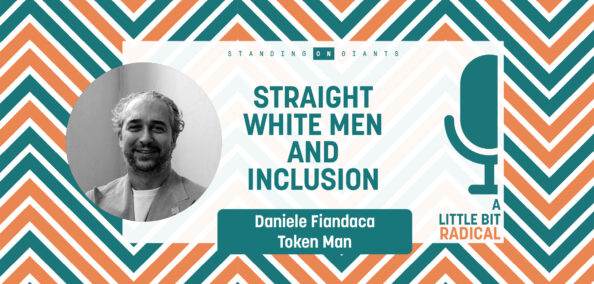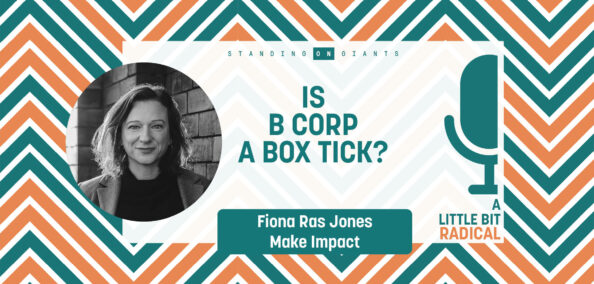3 DIFFERENCES BETWEEN BRAND-OWNED & SOCIAL MEDIA COMMUNITIES

In both brand-owned and social media communities, people are interacting with each other and the brand has a presence – but do they both achieve the same thing?
Superficially, they can feel similar, but with a deeper look, we can see real differences. Picking which type of community will work best for you depends on your strategy, goals and resources. It’s always important to remember that they do not need to be mutually exclusive; they can work in tandem. In order to have a comprehensive community strategy, learning some of the key differences between types of platforms is a good first step.
The platform a brand chooses to use to interact with its customers can radically change the nature of the interactions and brand experience, mainly because of the different functionalities and customer perception. Globally speaking, Meta (formerly Facebook) is still the most popular social media platform, given its astonishing reach, so we’ll use it as our example.
Data & Analytics
Social media: A benefit to using Facebook is that you do not have to build a large infrastructure to pull people together, and many people are already on the platform – increasing your chances to reach your customers and increase brand awareness. However, it is not a platform that you can have complete control over, and your pages/content are subject to the policies of another organisation. If, for any reason, their policies, rules or guidelines change, it may affect your output and ability to engage.
Gathering useful insight data about your social media community can also be difficult, as you may have to request it from the platform provider. In certain cases it’s not possible, as you are not the entity with whom people have chosen to entrust their data (e.g. contact details which you could use for customer comms).
Brand-owned communities: With a brand-owned community, you are the entity people choose to connect with; they have agreed to share data with you. Of course, firms need to meet the regulatory requirements for collecting, processing and storing data, but you’ll still have a much greater degree of control over your member communications, and more options for using the data to analyse how community members behave and interact with the brand.
Friends vs Companies
Social media: The reason people are on social media is mainly to connect with other people, not brands. Interactions with companies often happen while users are trying to talk with other people, it’s unlikely to be the main reason they are using that platform.
Brand-owned communities: Conversely, online communities are built around the brand. Community users have probably never met before: the main thing they have in common is the brand. That’s the root of their interactions: people share experiences, problems, support and obviously enthusiasm about the brand. All this material is precious (feedback, advocacy, support content, reviews, the list goes on) and a specialised community platform is the best way to host and present it. It works as a people-created repository of information, while social media is rooted in the here and now.
Customer retention vs. brand awareness
Social media: A good social media presence can help to build brand awareness, and when this has been established, it can help a brand to keep themselves fresh in peoples’ minds and stay in contact with the customer base, providing light-hearted content that people engage with socially.
Social media is also a good place to discover new brands or products: a friend may mention a product, or you may see an interesting advert on your Facebook feed and decide to follow it. Facebook, and social media platforms in general, are a good place to discover.
Brand-owned communities: On a brand-owned community, however, it is a little different. People are there because they know the product very well or are looking for help. If they have taken the time to join the community, they are already engaged and have a potential to provide more significant contributions, even if they have had a negative experience.
A brand-owned community is a place where users/customers talk in more detail about products and services. It’s a place where the company doesn’t talk at you, but with you. It’s a place where the brand can facilitate the right conversations that will help them learn insights on a daily basis. It’s like conversations at a party – some you start, but a lot of them are started by other people at the party. You can listen in to all of them and have the ability to dip in out of each of those conversations and engage in any way you wish as a representative of an organisation, but also, as yourself.
Both kinds of platform have their merits and both can serve you very well. It’s all about how you use them to their best potential. For any questions on how a brand-owned community might help you and your organisation, send us a message and we can talk about it further.
We hope you enjoyed this post. Read more like this on our blog or take a look at our solutions.



